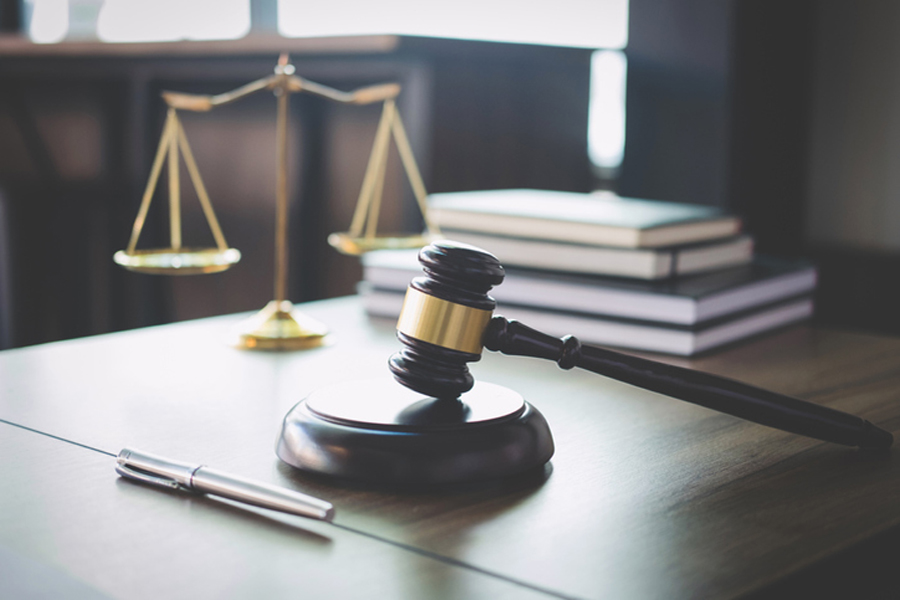Many people live their entire lives without entering a courthouse. In some situations, however, it is necessary to start a civil proceeding. For example, a person who is fearful of another person’s behavior may have to get a civil protection order.
What is a protection order?
An order is a document signed by a judge providing directions or instructions, often in response to a request for action. The purpose of a protection order is to protect someone who is being threatened or who is in some sort of danger from another person.
Six types of protection orders are allowed under Washington state law:
- Antiharassment,
- Domestic Violence,
- Extreme Risk,
- Sexual Assault,
- Stalking, and
- Vulnerable Adult.
Each type of order is intended to address a specific situation.
Like many other court cases, requests for protection orders start by filing a petition.
What paperwork do I need to file?
Gather information about your request, including any evidence in your possession. At this point, you should consider hiring an attorney because the process can quickly become complicated, and the type of evidence needed to prove your case may not be as obvious as you would think.
Next, review the different types of protection orders and decide which one best fits your situation. The paperwork varies from order to order. In fact, protection orders may be filed in different courts depending on what protection is requested.
If you are flying solo, locate the court forms online. Complete the forms and, following directions on the court’s website, file your forms with the appropriate clerk. Most of the time, you will have to pay a fee. However, you may ask the court to waive fees if you cannot afford them.
Where should I file my request for a protection order?
Some petitions for protection orders are filed with District Court, while others go directly to Superior Court. Once you know which type of order you need, locate the correct court. For example, requests for stalking and anti-harassment protection orders are filed in District Court.
The process
Once a petition for a protection order is filed, you will appear in front of a judge to request an ex-parte temporary order. Ex-parte means that the other party is not there to respond to your petition. Therefore, the judge will only issue a temporary order if there sufficient evidence that there would be irreparable harm if an order is not issued immediately.
After the judge makes a determination on whether or not to issue the temporary order, a hearing will be set no later than fourteen days from the issuance of the temporary order. There may be instances where a court will allow up to twenty-four days.
Next, the respondent (the person alleged to be the harasser) will need to be personally served with the petition and notice of the date set for the hearing.
At the hearing, if the court finds by a preponderance of the evidence that unlawful harassment exists, a judge will issue a civil order prohibiting such unlawful harassment. Protection orders generally last for one year, unless the court finds that the respondent is likely to resume the prohibited conduct when the order expires.
We Can Help You File for a Protection Order
Requests for civil protection orders usually are preceded by stressful and frightening times. There’s no need for your trip to the courthouse to be scary also. Our clients never have to feel they are alone when they walk into a courtroom.
Call (425) 747-0582 for a free consultation with lawyer Sarah Cho. From her office located in Bellevue, Washington, Ms. Cho represents clients throughout the Seattle area.

